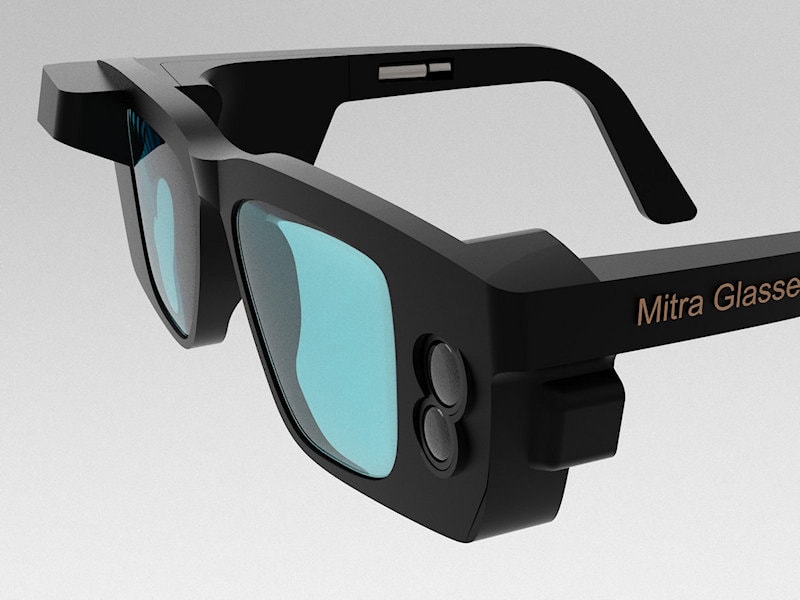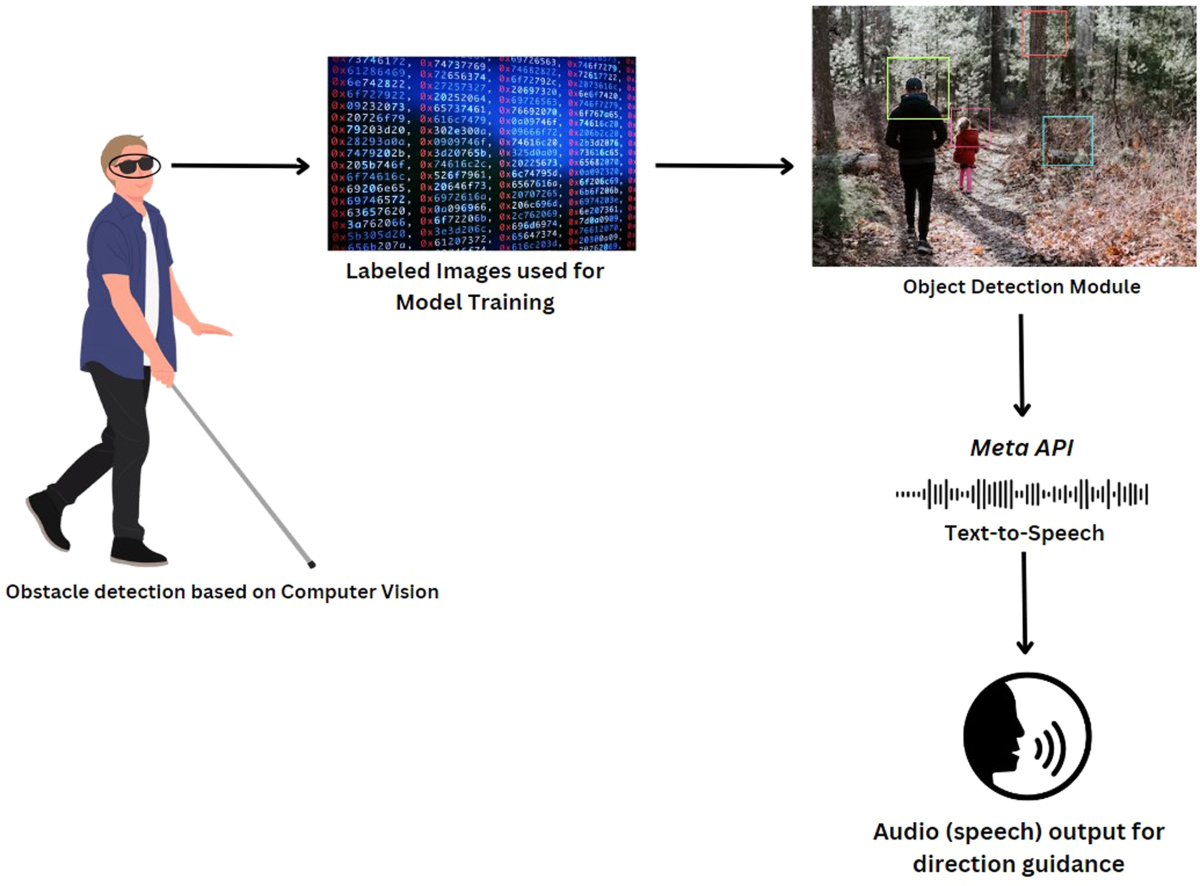Enhancing Accessibility With Assistive Modern Technology for the Blind
The combination of assistive modern technology for the blind stands for a pivotal advancement in availability, fundamentally modifying how people browse their settings and involve with culture. As we check out the varied types of assistive devices and their substantial effects on daily living, it becomes vital to examine just how recurring technical developments are reshaping the landscape of support for the blind neighborhood.
Review of Assistive Modern Technology
Assistive modern technology refers to a series of gadgets and software program made to enhance the capabilities of people with impairments, consisting of those who are visually damaged or blind. This technology plays a critical function in promoting independence and boosting the lifestyle for customers. By supplying different approaches for accessing information and doing everyday tasks, assistive modern technology empowers people to browse their atmospheres better.
The development and implementation of assistive innovation welcome a variety of concepts targeted at promoting ease of access. These principles consist of user-centered design, which focuses on the needs and preferences of the person, and the integration of innovation right into everyday activities. Such innovations guarantee that assistive gadgets are not only practical but easy and also instinctive to make use of.
Additionally, assistive technology encompasses a varied spectrum of solutions, from low-tech choices like magnifiers to high-tech innovations such as screen readers and Braille displays. The continuous advancement of this field is driven by the need to attend to the unique challenges dealt with by individuals with visual problems (Wearable technology for low vision). As modern technology proceeds to development, the capacity for improving accessibility and promoting inclusivity stays appealing, eventually adding to a much more fair culture

Types of Assistive Devices
Numerous types of assistive devices are available to support individuals who are visually impaired or blind, each made to resolve specific requirements and difficulties. These gadgets can be generally categorized right into three primary kinds: low-tech, mid-tech, and modern remedies.
Low-tech devices include items such as magnifiers, Braille tags, and tactile maps. These are reasonably easy tools that boost the individual's capacity to interact with their atmosphere without requiring complicated innovation.
Mid-tech devices frequently involve advanced features, such as electronic magnifiers and mobile Braille note-takers. These devices can supply functionalities like speech output, permitting users to accessibility details much more successfully.

Influence On Daily Living
The schedule of different assistive tools dramatically improves the lifestyle for individuals who are blind or aesthetically damaged, influencing their day-to-day living in profound means. By incorporating innovations such as display viewers, Braille shows, and audio description services into their routines, customers obtain greater freedom and independence. These tools facilitate accessibility More about the author to details, allowing people to do everyday jobs, such as reviewing emails, navigating public areas, and appreciating media web content.
Furthermore, assistive devices empower individuals to involve even more totally in social interactions and community tasks. The capability to make use of mobile phones furnished with accessibility functions permits for smooth communication and connection with others. This connectivity fosters a sense of belonging and decreases feelings of seclusion.
In specialist setups, assistive technology sustains productivity by permitting people to full work jobs successfully. Devices like voice acknowledgment software and specialized magnification tools allow individuals to join the workforce on equal ground with their sighted peers.

Advancements in Modern Technology
Current technological advancements have actually dramatically changed the landscape of tools available for people who are blind or visually damaged. The assimilation of expert system (AI) and machine learning has actually generated applications that improve navigation and object recognition. Smart device apps can currently utilize AI to recognize and describe environments in the eye doctor real-time, providing customers with valuable contextual info.
Furthermore, developments in haptic innovation have actually brought about the development of wise walking canes equipped with sensing units that spot barriers and provide tactile responses. This empowers individuals to browse their atmosphere with raised confidence and self-reliance. Developments in text-to-speech software and braille screens have actually improved the availability of digital material, permitting for seamless communication with numerous media.
Wearable technologies, such as wise glasses, are likewise making strides in helping aesthetic impairment. These gadgets can provide augmented reality experiences, overlaying vital details onto the customer's area of view. Collectively, these innovations not only enhance the lifestyle for people who are blind however likewise promote higher addition in society. As innovation remains to evolve, the potential for even more transformative tools stays imminent.
Future Trends and Innovations
As modern technology quickly progresses, the future of assistive devices for individuals that are blind holds immense assurance. Developments in fabricated intelligence (AI) and equipment knowing are poised to reinvent the means blind users engage with their environments. AI-driven applications are being established to improve things recognition, enabling individuals to recognize and navigate their surroundings with better convenience and precision.
Furthermore, improvements in haptic comments modern technology are making it possible for the development of responsive maps and navigating help that give real-time details via touch. These innovations not only enhance flexibility but also foster freedom. In addition, wearable tools outfitted with enhanced fact (AR) attributes are emerging, offering users aesthetic details via audio descriptions, thereby linking the void in between the digital and physical globes.
Furthermore, the integration of smart home modern technology offers brand-new opportunities for ease of access, allowing people to regulate their living settings with voice commands or mobile phone applications. As collaboration in between tech developers and the blind community continues, the concentrate on user-centered design will ensure that future advancements are customized to meet the special needs of this populace (Wearable technology for low vision). The trajectory of assistive technology assures an extra empowering and comprehensive future for people who are blind
Conclusion
In verdict, assistive technology plays an essential duty in improving ease of click here for more access for people with visual impairments. The diverse array of tools, including screen visitors and smart walking canes, substantially improves everyday living and cultivates self-reliance. Continual developments in technology and user-centered style ensure that these devices provide efficiently to the special demands of the blind community. As advancements progress, enhanced inclusivity and empowerment can be prepared for, ultimately enhancing the top quality of life for those impacted by aesthetic impairments.
The assimilation of assistive modern technology for the blind represents a pivotal development in ease of access, basically modifying just how people browse their environments and involve with culture.Assistive innovation refers to an array of tools and software designed to enhance the capabilities of individuals with impairments, including those who are visually impaired or blind. Wearable technology for low vision.As modern technology swiftly advances, the future of assistive devices for individuals that are blind holds immense promise. The trajectory of assistive technology guarantees an extra empowering and inclusive future for people who are blind
In conclusion, assistive innovation plays an important function in improving access for individuals with visual problems.